|
As I stepped into the heart of Amritsar, I felt like I had entered a portal to another time. The air itself seemed to carry echoes of days long gone, and the city's warm embrace urged me to embark on a timeless journey. Every stride I took was a step back in history, where tales of sacrifice and the resilience of a tight-knit community came to life. But amidst these captivating chronicles, a profound message began to emerge, shedding light on the far-reaching impacts of colonial dominion and the intricate dance of power.
Amritsar welcomed me like a living time machine, transporting me to a different era with every cobblestone I trod upon. The streets whispered stories of defensiveness and self-protection, and the attire of the locals, complete with turbans and swords, spoke volumes about their cultural heritage and the profound sense of duty that coursed through their veins. At the end of each conversation, a simple phrase, "Jē maiṁ kō'ī galatī kītī hai, kirapā karakē mainū māfa kara di'ō," would grace our parting words. It translates to "If I have made any mistake, please forgive me," and it served as a constant reminder of the humility and respect that defined the people of Amritsar. Our home in Amritsar was none other than Ranjit's Svaasa, a heritage Haveli once owned by the Mehra family, renowned as the gold gilders for the iconic Golden Temple. The Haveli's corridors were adorned with photographs that seemed to hold the secrets of centuries past, while glass cabinets brimmed with artifacts that piqued our curiosity about the family's seemingly prophetic abilities. Did they foresee their own fame? Mala, the matron of the Haveli, welcomed us like cherished guests in her own home. Her warm hospitality, along with the delightful masala chai and orange marmalade, left indelible imprints on our hearts. Despite occasional challenges like limited heating in the rooms and sporadic hot water shortages due to solar power, the personalized and thoughtful nature of our stay at Ranjit's Svaasa made it agonizing to bid farewell. Our journey began at Jallianwala Bagh, a historic park that bore witness to one of India's darkest chapters. As we strolled through the garden, the echoes of the past seemed to hang in the air, and the bullet marks on the walls whispered tales of unwavering courage and sacrifice. It was a poignant reminder that history should be our guiding light, steering us away from the perils of repeating past mistakes. Our next destination was the Partition Museum, a place that paid heartfelt tribute to the countless lives forever altered by India's partition. Personal stories of separation, loss, and resilience were brought vividly to life through immersive exhibits and interactive displays, leaving us deeply moved and in contemplative silence. Venturing into the local 'pind' felt like stepping into a time capsule, far removed from the frantic pace of capitalist life. The villagers welcomed us with open arms, their genuine hospitality a stark contrast to the materialistic world we often find ourselves in. Our host, Jagroop, regaled us with stories of the Sikh community's struggles during the partition, highlighting their unwitting role as political pawns in India's complex history. It was a stark reminder of how power plays and political maneuvering can shape the destinies of ordinary people. This journey into the local 'pind' underscored the significance of forging genuine connections and the transformative power of shared stories. Our final stop was the Wagah-Attari Border, a symbolic crossroads between India and Pakistan. It stands near the Pakistani town of Wagah and the Indian town of Attari, serving as the sole road border crossing between the two nations. Here, a daily spectacle unfolds—the "Wagah Border Ceremony," a highly choreographed military display. Soldiers from the Indian Border Security Force (BSF) and the Pakistan Rangers engage in a synchronized and spirited exhibition of drill, marked by high kicks, goose-stepping, and martial gestures. The climax of the ceremony is the lowering of both nations' flags, accompanied by patriotic anthems and slogans. In my eyes, this event, typically characterized by nationalist fervor, bears the potential for a transformation. It should evolve into a symbol of peace and goodwill, fostering a positive and diplomatic atmosphere. I hold a personal belief in nurturing improved relations between India and Pakistan, advocating for the replacement of hostility with a more reconciliatory approach. Amritsar is a city where the past and present coexist harmoniously, where every corner narrates tales of triumph, sacrifice, and resilience. It's a city that instills the lesson that history must be our guide, preventing us from reliving the same mistakes. As we bid adieu to Amritsar, we carried not just memories but also a deeper appreciation for the indomitable spirit of this remarkable city and the invaluable lessons it imparted.
0 Comments
When anyone asks ‘So, was Anushi always a writer?’ My mom wrinkles her forehead and answers, “Uh…she used to write a lot of cards to her friends in school.’ (Thanks, Mom...you are right, card writing was the onset of my *unique* path to writing!) To be honest, my mom wasn’t wrong. I really never considered writing as a career opportunity, because, well, I read The God Of Small Things by Arundhati Roy when I was sixteen. And, that’s when I decided writers are from a different universe. About a decade later, I started telling my daughter stories (quite unlike Mrs. Roy’s) which prompted my husband to say “Why don’t you write books?” Hmm.. not a bad idea. Of course quite quickly, I realised being a writer is basically synonymous to treating yourself to a lifetime of rejection and dejection. The single thing that has kept me going is not playing with the written word, but rather my ‘pen-pals’. Of whom, mind you, I have met none. About as often as I was told to have thick skin, I was also told to join *”critique groups”. As soon as I joined a critique group, I kind of got addicted. Whoever thinks writing is a solitary journey is so wrong. My critique partners are my friends, confidants, shoulders to cry on and the ones who cheer me on every step of the way. I am part of a Picture Book Critique Group and I co-founded a Chapter Book and Middle-Grade Critique Group. I am so incredibly pleased to have met some friends who I would easily call my 3am friends (let’s not get into time-differences). I am particularly amazed to see how #MGWaves has grown! It started off as a tweet I posted during Pitch Wars, now we are a group of 31 writers who support each other. So, anyone contemplating whether they want to suffer a lifetime of failure and suffering...you’ve got a friend in me! Middle-Grade Novels I read in 2020This is the first year that I really considered writing Middle-Grade. Above you can see a graphic of all the MG that I read over the last six month - it is really hard to pick a favorite! If you click on the author's name below - you will be directed to their webpage and you can read more about the books! The Bridge Home by Padma Venkatraman When You Trap A Tiger by Tae Keller Kick by Mitch Johnson Pay Attention, Carter Jones by Gary Schmidt Ghost by Jason Reynolds Amal Unbound by Aisha Saeed Rickshaw Girl by Mitali Perkins Everlasting Nora by Marie Miranda Cruz Amina's Voice by Hena Khan RESOURCES I LOVETrello: The boards, lists and cards on Trello help me organize my research, photos, inspiration and lightbulb moments in one place. I have just started using it, but I am really enjoying it. It gives me all my information in one place. I used to make handwritten spiderwebs with ideas, but inevitably the next time I would look from my work, it would be nowhere to be found. Trello makes sure I don’t have to worry about losing my work! Google drive I have various folders on the drive. Some are shared folders that all my critique partners have access to - we upload our submissions, research and critiques here. Other folders are just for me to access where I store all my work in progress. Slack Slack is free platform, until you have x amount of posts (which #MGWaves is close to reaching- yikes). Initially we had a private group on Twitter, but it became harder and harder to keep track of the amazing resources, thoughts and debates. We decided to move to Slack and we have multiple channels on everything from marketing to brainstorming to pity parties :). 12x12 This a group of almost 750 picture book writers with a wonderfully supportive private forum. I absolutely love the webinars, Julie and her team bring in some of the most established writers within the picture book field. It is great to get my questions answered by these well-regarded writers. I also found my picture book group critique group through 12x12 :). Oh, and watch out because each of these MG ripples is going to take the world by storm!
One of the best things about our community is the resources we share. Be sure to check out every wave's link to collect valuable resources and tips along the way! Malia Maunakea Daria Pipkin Thushanthi Ponweera Jennifer Mattern Beth Gawlik Susan Leigh Needham Maureen Mirabito TC Kemper Sabrina Vienneau Rebecca Chaney A few weeks ago, I posted a book recommendation give-away and got more than 50 comments with moms tagging other moms. I realized that new moms really want to read to their babies, but just don’t know how to start or what types of books to buy. While I didn’t get a chance (or feel comfortable) talking to myself while pregnant, I did start building my kids library when they were a few months old. As a new mother and very little access to public libraries I was lost- where does one look for age appropriate books? This led me on my journey to discovering more about the world of kidlit. This series is unique because most of the Instagram tiles only feature a few words on the types of books you should look out for. The reason behind this is so that you can screenshot it and keep it as a reminder for the next time you visit a bookstore in search of books for your little one. Moreover, some of the titles are ‘mini-presentations’ on each feature so you should definitely swipe if you haven’t already done so. Ok so lets begin: Advice Number: 6789532- “You should share stories with your newborn.” Great! On top of feeding, cleaning diapers, burping, bathing, sanitizing everything in the house, coming to terms with a new, unpleasant sleep cycle, now I have to READ to my ten day old child too?! WHY? It exposes the baby to the sound of your voice, which is soothing for him." In fact, a recent study in the Journal of Developmental and Behavioral Pediatrics found that reading to babies in the NICU can help parents develop the same feelings of intimacy that parents of healthy newborns cultivate in the days and weeks after a baby's birth. Reading books together allows you to bond and helps a child understand the world is a safe place to play and explore. Moreover, bonding (cuddling, talking and singing) release growth hormones. Did you know that kids who are read to every day are exposed to around 78,000 words each year—over five years, that adds up to 1.4 million words heard during story time? 0-6 months: BLACK & WHITE Newborns and still developing their eye sight and ability to see color. High contrast colors help optic nerve grow. Research indicates that high-contrast colors like black and white register most strongly in a baby's brain and help the optic nerve to grow. Due to an underdeveloped retina, keep objects and your face around 8-10 inches from the baby’s face, so the baby can focus as best as possible. You can and should consider high contrast for your clothes, the baby’s toys, books, the mobile, crib bedding, room decor, blankets, items that you put around the car seat, and footsies. Preferably dark and light stripes. SENSORY PLAY Let’s knock down two sticks with one stick- reading and sensory play! Hypothesizing experimenting, observing, drawing conclusions what now? This language takes me back to Ms Helness’s class, straining to listen to her soft voice from the back benches and, miserably failing! Either way, I am finally putting good use to all those lessons! Thanks Ms Helness! What is sensory play? It includes any activity that stimulates baby's sense of touch, smell, taste, sight, or hearing. The idea is to encourage little ones to use their senses to play, create, investigate and explore. Sensory play can be an early, but important step in the development process. With sensory play, there’s always much more going on than meets the eye. Sensory activities, in addition to being fun and interesting for babies and young children, encourage children to explore and investigate. Furthermore, these activities support children to use the ‘scientific method’ of observing, forming a hypothesis, experimenting and making conclusions. Sensory activities also allow children to refine their thresholds for different sensory information, helping their brain to create stronger connections to sensory information and learn which are useful and which can be filtered out. Sensory activities help to build nerve connections in the brain and encourage the development of motor skills. Moreover, they encourage ‘scientific thinking’ and problem solving. Next week, I will talk more about my crowd-funded campaign with The Community Library Project. I hope to do some Instagram lives to discuss the brilliant work they do! I will also be sharing more about the database I am working on and can’t for you’ll to hear more about it!
 I have witnessed time and again, firsthand, the power of stories with my children. Navyaa is more observant, curious and empathetic of those around her because of the unique window that books give her into others' lives. While SULWE (Lupita Nyong'o) taught to love her dark skin color, MACHAR JHOL offered her a glimpse into the world a blind boy. Mahir at two, has been exposed to life in Africa through HANDA’S SURPRISE (Eileen Brown) and is already learning to be a feminist during our weekly revisits of (WOMEN TRAILBLAZERS). Stories are so powerful and this has been the leading driving force for this passion project. Over the last few weeks, I enjoyed sharing and reading some of my favourite books. I hosted two instagram live sessions with two incredible women. Click on the photo BELOW to be redirected to the instagram page :).  My first Instagram live was with Priyanka Bhansali: Priyanka Bhansali is an NY state certified Childhood Education and Special Education Teacher with a Master’s in Educational Development. She moved to Antwerp 8 years ago and taught English as a second language to adults and kids. She is a mom of two boys, ages 2 and 4 and an instagram blogger for toddler activities and games. Everyone knows that reading with your child helps with language acquisition, vocabulary expansion and brain development, but what else? Priyanka and I discussed some of the less obvious, more meaningful benefits of reading Priyanka is as passionate about children’s literature as I and as mothers, both of us had aligned visions about raising empathetic, kind and open-minded children ABOVE all else! We unpacked the importance of reading aloud at home and shared some of our favorite books and the impact that they have had on our children! I’d love for your thoughts on the live session. We spoke about reading routines and how we pick the books to read with our children. After this we broke down THE POWER OF STORIES into three different segments INTRODUCING NEW TOPICS because allow you talk about things so organically. CHALLENGES THEY FACE whether getting glasses or a new sibling. BEING INCLUSIVE MEMBERS OF SOCIETY a child can play their small part in a big world My second instagram live was with Samina Mishra: Samina Mishra is a documentary filmmaker, writer and teacher based in New Delhi, Her films use the lens of childhood, identity and education to reflect the experience of growing up in India, and include The Teacher and The World (2016) and Stories of Girlhood (2001). She has written children's books published by Duckbill, Scholastic, Tulika and Penguin. Her interest in the ways that the arts can be included in education led her to head programming at the Nehru Learning Centre for Children and Youth where she focussed on using the arts in a variety of ways with government school children. She is currently teaching the International Baccalaureate Film programme Noida and collaborating on Torchlight, a web journal on libraries and bookish love. This was one of the most special and memorable conversations and one that I can hear over and over again to hear Samina’s beautiful words of advice. Her work focuses on ‘seeing the world anew’ and being able to show the world in all its diversity. ‘We The Children of India’ is incredible on-going project that was started in 2019 particularly stemmed from the debate on what it means to be Indian. The project focuses on abstract ideas of identity and culture and uses the medium of poetry to allow children to understand their place in the world through everyday things they experience. She advises parents to encourage children to write poetry because it’s really not a high-art. She says that poetry is NOT only about rhyme, but actually about rhythm. More than anything it should be based on repetition and then the last line you break the rhythm. Children are introduced to songs and rhythm so organically. If you child does write a poem (in their mother tongue or in any language) let them send it in. She’s not trying to raise every child to be an artist, but at least be self-aware and more engaged with their place in the world. We spoke about the importance of sharing untold stories to our child for them to see themselves reflected in the world, as well as seeing other people’s stories. Below I am sharing some of her top film and book recommendations for young children (5+) Youtube - The Red Balloon (1956) by Albert Lamorisse Goopy Gyne Bagha Byne (1969) Satyajit Roy Children of Heaven (1997)- Majid Majidi My Neighbour Totoro (1988) Hayao Miyazaki The Fantastic Flying Books of Mr Morris Lessmore Books Recommendations: Indian publication has made huge strides in the last two decades, here are some of her recommendations! Anushka Ravishankar - captures place of play and real big ideas that all individuals grapple with MOIN AND THE MONSTER TODAY IS MY DAY Uma Krishmaswami- BOOK UNCLE AND ME (8+)- written entirely in worse Samina Mishra- MY FRIEND IN THE CITY Nandini Nayar - WHAT DID YOU SEE? Shals Mahajan - TIMMI IN TANGLES Thank you so much and stay tuned for the next series!
What a great few weeks its been. It was a lovely to take a deeper look at phonics and it brought me back to my past life as a teacher! We looked at early readers, ideas for the youngest readers on phonemic awareness, unpacked some of the basics of phonics with Ms Karishma Nichlani and stirred up ideas for DIY activities at home with Ms Karishma Mehta! There are 26 letters of the alphabet but they make 44 sounds. Phonics is a way of teaching children how to read and write. It helps children hear, identify and use different sounds that distinguish one word from another in the English language.Phonics involves matching the sounds of spoken English with individual letters or groups of letters. For example, the sound k can be spelled as c, k, ck or ch. Frequent opportunities for children to apply what they are learning about letters and sounds to the reading of words, sentences, and stories Most poor readers tend to rely so heavily on one reading strategy, such as the use of context and picture clues, that they exclude other strategies that might be more appropriate. To become skilled, fluent readers, children need to have a repertoire of strategies to draw on. These strategies include using a knowledge of sound-spelling relationships — in other words, an understanding of phonics. In addition, research has shown that skilled readers attend to almost every word in a sentence and process the letters that compose each of these words. Therefore, phonics instruction plays a key role in helping students comprehend text. It helps the student map sounds onto spellings, thus enabling them to decode words. Decoding words aids in the development of word recognition, which in turn increases reading fluency. Reading fluency improves reading comprehension because as students are no longer struggling with decoding words, they can concentrate on making meaning from the text. In addition, phonics instruction improves spelling ability because it emphasizes spelling patterns that become familiar from reading. Studies show that half of all English words can be spelled with phonics rules that relate to one letter to one sound. Pre-phonics Skills to develop at home: All books, rather, ANY book is great to read with your little one! There are some that I particularly find worthy of doing as pre-reading skills- I try to look for books with 3R’s- rhyme, rhythm and repetition. I have seen that having one or all of components in the stories you read helps your child pick up new words, sounds, phrases and sentence structure with ease. Ms Karishma Mehta also suggested some lovely activities to do at home : click here Early Readers - schools will often subscribe graduated reading programme Early readers – also referred to as first readers – are stepping stones from picture books and reading scheme books to longer chapter books. They're carefully developed to tell a great story, but in a format that children are able to read and enjoy by themselves, using familiar vocabulary and appealing illustrations. Devising an early reader isn’t an easy process, which is why publishing houses often work with best-selling children’s authors. . ‘An author can spend hours and hours on a sentence of just 10 words.’ There’s no precise science for developing an early reader, but publishers take into account children’s reading ability, vocabulary and use of grammar. Font type, size and layout are also important. ‘For example, for newly independent young readers, a page should finish at the end of a complete sentence, rather than the sentence continuing on the next page,’ @theschoolrun Gerald and Piggie Activities and guides included The Elephant and Piggie books are fun to read aloud to younger children who love the funny stories about the two friends. I recommend the books for ages 4-8 and especially beginning readers from 6-8 years old. Collins big cat whole-school reading programme that provides complete support for primary reading. Teaching resources to support developing and assessing key reading skills at all stages from early reading through to phonics, to guided, whole-class and independent reading for more confident readers. Rigby star Foundation Stage up to Grade 2 (3-7 year olds), multi-layered, rich fiction and non-fiction titles, learning guides and assessment trackers are also provided I can Read I Can Read! books are organized into color-coded levels. With hundreds of titles featuring award-winning authors and illustrators, and the most beloved character friends in the history of children’s literature, This level is just right for readers who are beginning to sound out words and sentences. Books on this level, like Danny and the Dinosaur, are written with simple sentences using familiar words. Many of the books at this level are filled with animal characters that have wonderful adventures! The vocabulary is just challenging enough to stay interesting. Children looking for favorite characters at this level will find the Berenstain Bears, Pinkalicious, and more. Oxford Reading Tree millions of children around the world learn to read with the guidance of this program. They have more than 800 books at their disposal. Orion Early Readers Over 4 million copies of the Orion Early Reader series have been sold. Packed with illustrations, they're stepping stones from picture books to reading books for children to read independently and come in two stages: Blue (to be read with an adult) and Red (a more advanced text for children to read alone when they're ready) Ladybird Read it Yourself a levelled reading book series (70 books, 4 levels). As well as classic fairy tales and adapsted Beatrix potter stories you can choose from modern stories and favourite characters (Charlie and Lola, Moshi Monsters) for your child. An app and eBook versions are also available. DC Super Friends Perfect for children who are beginning to recognise words and short sentences, DC Super Friends is a Random House colour first reader series based around superheroes like Batman and Superman. Here are the questions that Ms Karishma walked us through during the live IG!
What is phonics? At what age do children start learning phonics at schools, by and large? Can you explain phonics terminology? Digraph Blend Segmenting tricky words/ High frequency words, sight words Structure of phonics lesson What is the link between phonics and reading? How can we incorporate phonics in daily life as parents? Thanks so much and special shout-out to both the Karishma's! :) |
Categories
All
Archives
January 2024
Categories
All
|




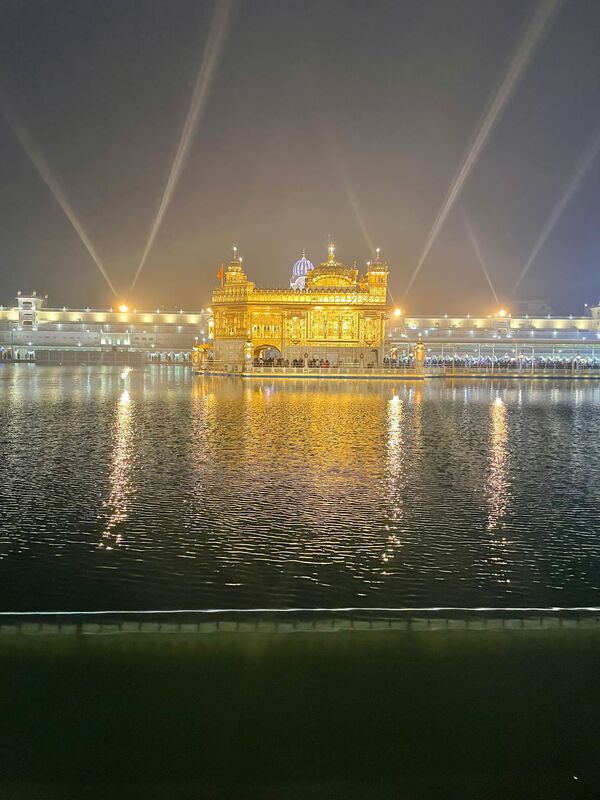





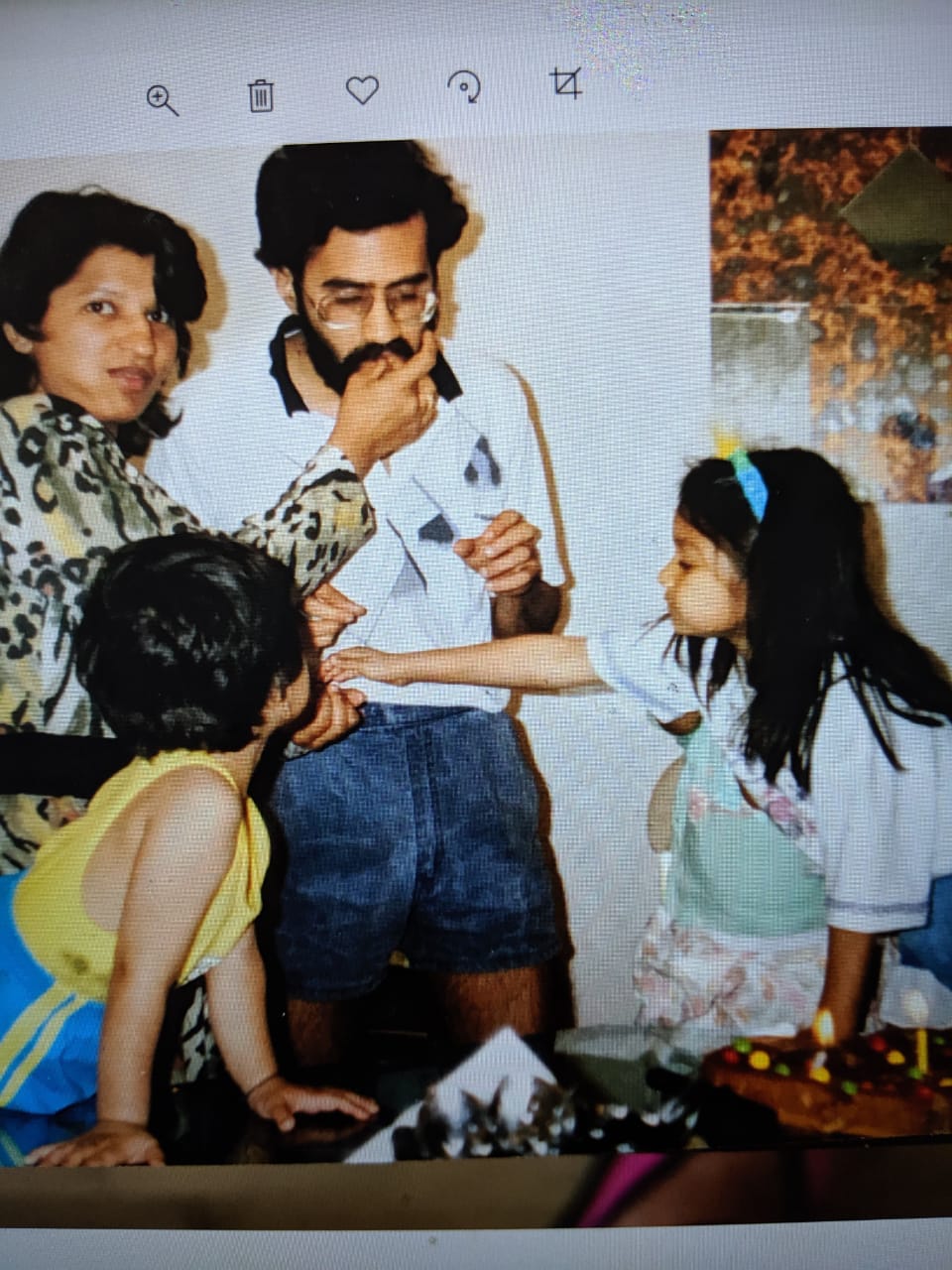





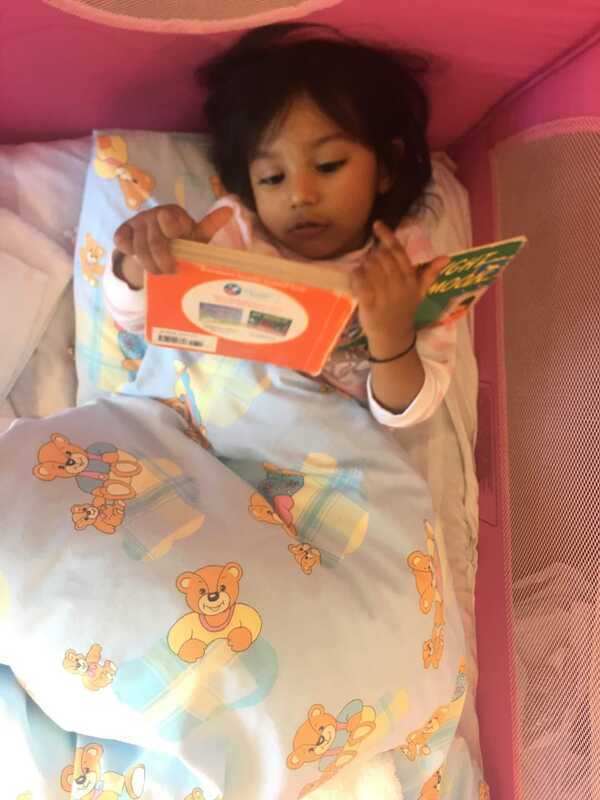



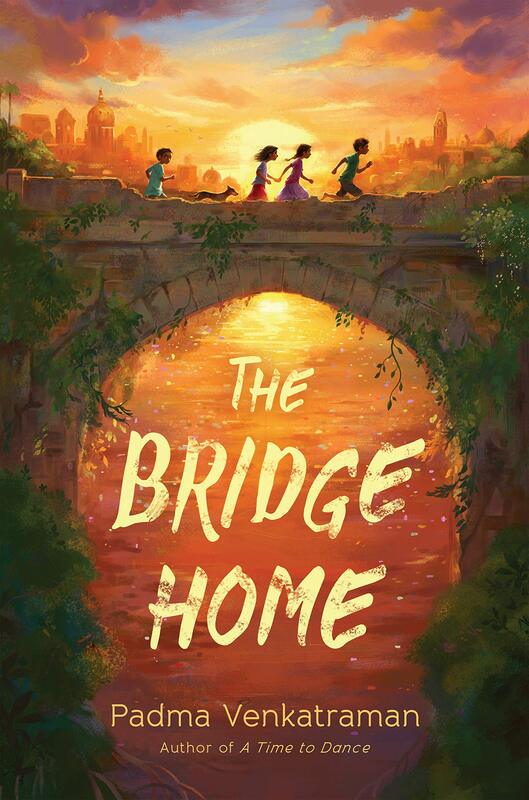

































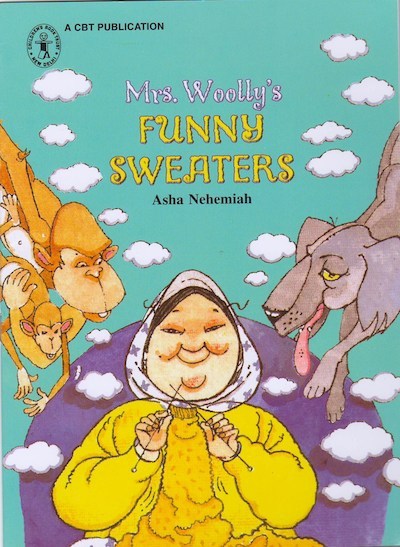


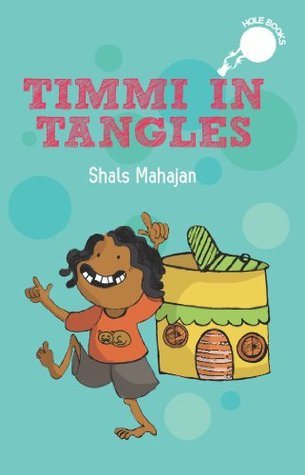












 RSS Feed
RSS Feed